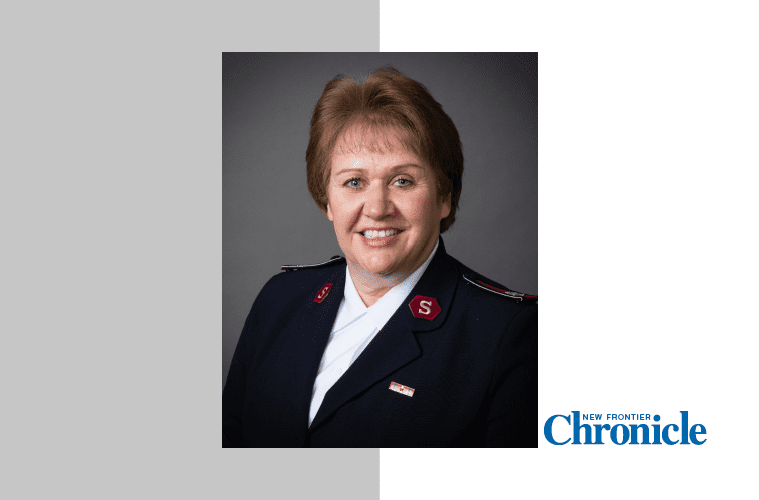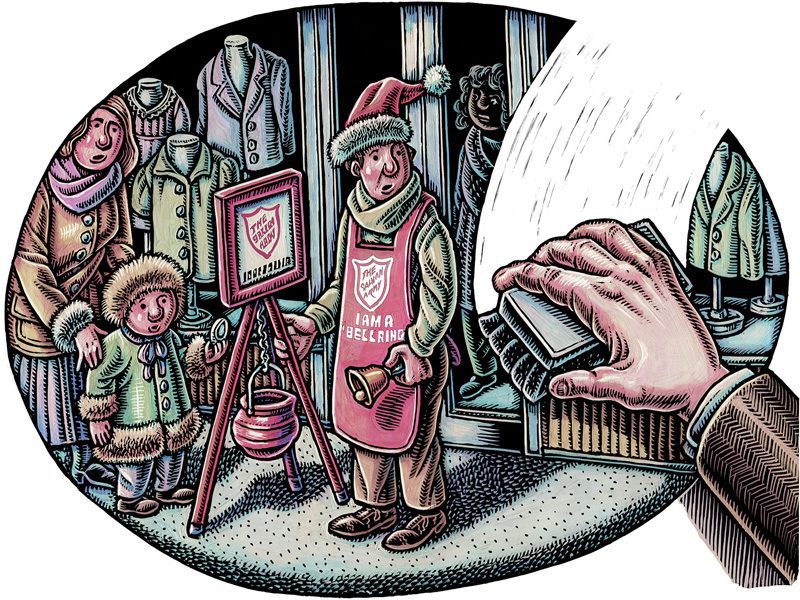By Glen Doss, Major
“I’m uncomfortable with Alcoholics Anonymous (AA) and Narcotics Anonymous (NA) because of their vagueness about the nature of God, the saving power of Jesus Christ, and the ministry of the Holy Spirit. I’ve stopped attending their meetings and have followed my pastor’s advice. I’ll stay sober through God alone.”
I cringe when I hear such a remark, for it has been my experience that relapse is but a hair’s breadth away. Why? Because well-meaning Christian preachers and teachers often advise addicts to keep their sobriety intact by “simply praying, reading the Bible and attending church.” But this is never enough for true recovery to take place.
Even the assortment of “Christian 12-step programs” you find in some churches nowadays—while often helpful to those with other addictions—are frequently death to the recovery of drug addicts and alcoholics. These programs take the addicts’ eyes off the ball—their specific addictions—focusing instead on a general “tendency to do the wrong thing” or “the effects of our separation from God.” This is not to say that Christian 12-step programs cannot be helpful to this population—as long as one continues to participate in AA and NA. My concern is primarily for the person who chooses to attend them in lieu of AA and NA—but there appear to be many who do just this.
The lure of the drug—whether in solid or liquid form (alcohol)—is a tremendously powerful attraction that sucks the addict into an inextricable quagmire, and is a far more potent force than the lure of most other addictions. The magnetic draw is virtually irresistible and not at all comparable to the usual Christian temptations. The recovering drug addict must walk on eggshells, especially during the early years of sobriety. It truly is a one-day-at-a-time, one-foot-in-front-of-the-other, program—each step placed very, very carefully.
Two memories compete persistently for dominance in the mind of the recovering addict or alcoholic: that of the great pain resulting from his or her past addictive lifestyle and the extreme pleasure and escape of the intoxication high. Sobriety depends upon keeping the memory of the pain dominant. When one fails to work a tight recovery program, the disease will always see to it that the first memory fades and that of the pleasure and escape of the intoxication high is magnified many times over. At this point relapse is imminent. Regular attendance at AA and NA meetings, where one interacts with “newcomers,” helps keeps the memory of the pain dominant, maintaining intact a mindset of “I don’t need to drink or use today”—a state of mind called “sanity.” Focusing sharply on the addiction is critical to maintaining this mindset.
When Christians argue that NA’s and AA’s vagueness about the nature of God prohibits them from participating, I reply: “When you seek out medical doctors to treat a sickness, are you concerned about their faith?” AA and NA meetings can be compared to a hospital where one goes for treatment for a chronic disease. To decide to remain clean and sober “through God alone,” meaning participation in a church and its affiliated Christian 12-step program, makes as much sense as treating diabetes through the same approach.
Just as God has provided us with hospitals to help with other illnesses, he has given us the programs of Alcoholics Anonymous and Narcotics Anonymous to help with the serious, often deadly, disease of drug and alcohol addiction. While this disease has no cure—by this we mean the addict or alcoholic can never safely resume drug or alcohol use—and can even be fatal, fortunately it is treatable; it can be kept in check by working a tight recovery program.
Such a program has three components—regular attendance at AA or NA meetings, a home church, and active involvement with the AA or NA 12-step program. The third element is key, for it is through working the12-step program with the aid of a sponsor that the Holy Spirit transforms the personality of the addict. To ignore this component is to condemn the addict to a life as a “dry drunk”—a condition in which he or she, although not getting high, still carries within the seeds of relapse.
By working the AA/NA 12 steps, addicts employ the spiritual disciplines of self-examination, confession, submission, making amends, and carrying the message to others. As character transformation results, sanity also kicks in: God delivers from the desire to get high. They are in recovery!










Check out another SA article that speaks to the strengths of the 12-Step program.
http://www.salvationarmyethics.org/featured/12-steps/